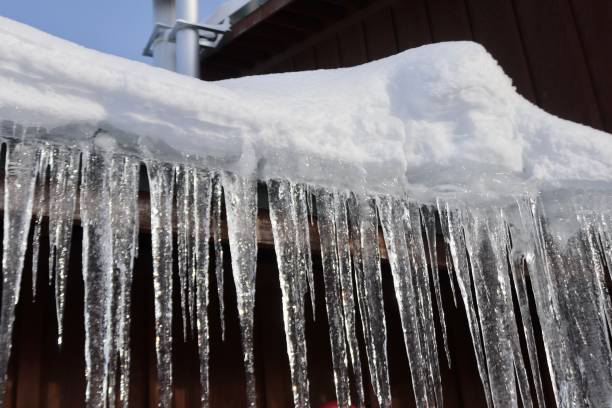Tips to Safeguard Pipes from Freezing: Expert Advice
Tips to Safeguard Pipes from Freezing: Expert Advice
Blog Article
Any individual will have their private way of thinking when it comes to How to prepare your home plumbing for winter weather.

Cold weather can wreak havoc on your plumbing, particularly by freezing pipes. Right here's just how to prevent it from happening and what to do if it does.
Introduction
As temperature levels drop, the danger of frozen pipelines rises, possibly bring about pricey repair work and water damages. Recognizing just how to avoid frozen pipelines is crucial for home owners in chilly climates.
Avoidance Tips
Protecting vulnerable pipes
Cover pipes in insulation sleeves or make use of warm tape to protect them from freezing temperature levels. Focus on pipelines in unheated or exterior areas of the home.
Home heating methods
Maintain interior areas properly heated up, especially areas with plumbing. Open up cabinet doors to enable cozy air to flow around pipes under sinks.
Exactly how to recognize icy pipelines
Look for reduced water flow from taps, uncommon smells or sounds from pipelines, and noticeable frost on revealed pipelines.
Long-Term Solutions
Architectural changes
Take into consideration rerouting pipelines far from outside wall surfaces or unheated locations. Include additional insulation to attics, basements, and crawl spaces.
Updating insulation
Buy top quality insulation for pipes, attics, and wall surfaces. Correct insulation helps keep consistent temperature levels and decreases the risk of frozen pipelines.
Shielding Outdoor Plumbing
Garden pipes and outside faucets
Disconnect and drain pipes yard pipes before winter. Mount frost-proof faucets or cover outdoor faucets with shielded caps.
Comprehending Frozen Pipes
What creates pipes to freeze?
Pipelines freeze when subjected to temperature levels below 32 ° F (0 ° C) for prolonged durations. As water inside the pipelines freezes, it broadens, taxing the pipeline wall surfaces and possibly creating them to break.
Risks and damages
Frozen pipes can cause water disruptions, building damages, and pricey repairs. Ruptured pipelines can flooding homes and trigger substantial structural damage.
Signs of Frozen Piping
Recognizing icy pipelines early can prevent them from bursting.
What to Do If Your Pipelines Freeze
Immediate actions to take
If you suspect icy pipes, maintain taps open to relieve stress as the ice melts. Make use of a hairdryer or towels soaked in warm water to thaw pipelines gradually.
Verdict
Protecting against frozen pipes needs aggressive steps and quick responses. By understanding the causes, indications, and preventive measures, property owners can secure their plumbing during winter.
5 Ways to Prevent Frozen Pipes
Drain Outdoor Faucets and Disconnect Hoses
First, close the shut-off valve that controls the flow of water in the pipe to your outdoor faucet. Then, head outside to disconnect and drain your hose and open the outdoor faucet to allow the water to completely drain out of the line. Turn off the faucet when done. Finally, head back to the shut-off valve and drain the remaining water inside the pipe into a bucket or container. Additionally, if you have a home irrigation system, you should consider hiring an expert to clear the system of water each year.
Insulate Pipes
One of the best and most cost-effective methods for preventing frozen water pipes is to wrap your pipes with insulation. This is especially important for areas in your home that aren’t exposed to heat, such as an attic. We suggest using foam sleeves, which can typically be found at your local hardware store.
Keep Heat Running at 65
Your pipes are located inside your walls, and the temperature there is much colder than the rest of the house. To prevent your pipes from freezing, The Insurance Information Institute suggests that you keep your home heated to at least 65 degrees, even when traveling. You may want to invest in smart devices that can keep an eye on the temperature in your home while you’re away.
Leave Water Dripping
Moving water — even a small trickle — can prevent ice from forming inside your pipes. When freezing temps are imminent, start a drip of water from all faucets that serve exposed pipes. Leaving a few faucets running will also help relieve pressure inside the pipes and help prevent a rupture if the water inside freezes.
Open Cupboard Doors
Warm your kitchen and bathroom pipes by opening cupboards and vanities. You should also leave your interior doors ajar to help warm air circulate evenly throughout your home.

We are very occupied with 6 Ways to Prevent Frozen Pipes and I'm hoping you appreciated our post. Feel free to take the time to promote this article if you enjoyed it. We treasure your readership.
Book Now! Report this page